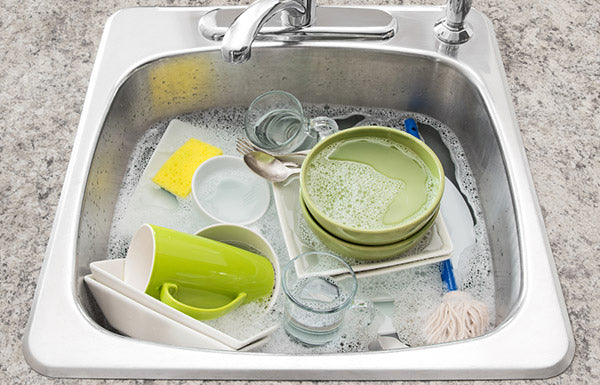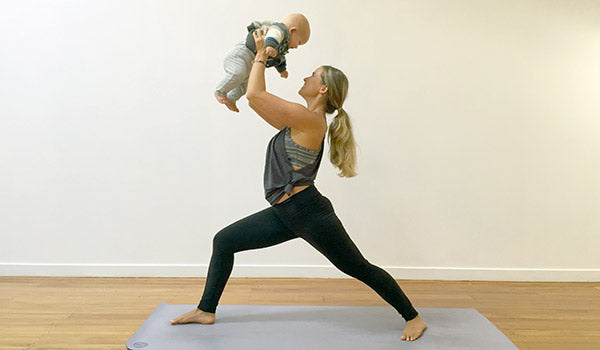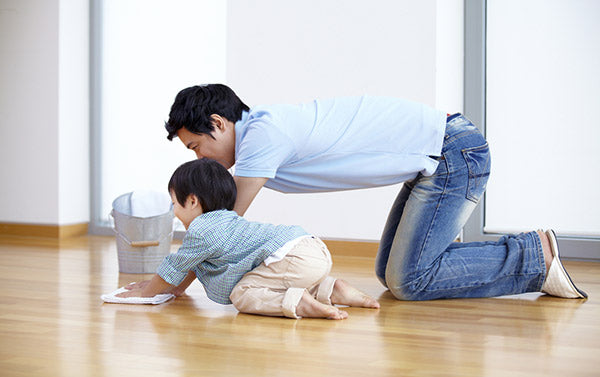We're seeing a big rise in allergy rates, so what's changed? For one thing, we're using more chemicals in our homes and people may get diagnosed with an allergy when they're actually reacting to a chemical they put on their skin.
But there are lots of things you can do to protect your family from some of the everyday things in our homes that could contribute to allergies.
Read labels and say no to skin-irritating chemicals
- Sodium Laureth Sulphate (SLES) This chemical is added to products to make them bubble and foam. SLES is often promoted as a more gentle alternative to SLS but due to the synthesis process it goes through, SLES has been found to be contaminated with 1,4-dioxane, a suspected carcinogen.
- Cocoamidopropyl Betaine (CAPB) is used in dish liquids, hand and body washes and baby products like bubble bath. It's cheap and effective but contains the impurities amidoamine and dimethylaminopropylamine, which can cause skin sensitisation.
- Optical Brighteners are added to laundry detergents to make fabrics and other substrates appear visually whiter and hence “cleaner” but the health issues associated with optical brighteners are allergic reactions and skin irritation.
Avoid synthetic fragrances
There are a few ways that chemicals get inside our bodies. As well as the chemicals we eat and drink that have been added to our food in the form of pesticides, preservatives, colours or flavour enhancers or the chemicals we put on our skin in our soaps, shampoos and cleaning products that give us longer lasting foam or the illusion of whiter and brighter sheets, we also breathe them in.
Fragrances, (even plant-based essential oils), can trigger an allergic reaction in sensitive people.
- Use products with natural plant-based fragrances or if you're particularly sensitive, you might be better off using fragrance free products.
- Avoid scented candles, artificial air fresheners or products with strong smelling fragrances. These products contain multiple chemicals, which can include dangerous solvents.
- Avoid air fresheners. These disperse a mix of chemicals which may include synthetic fragrances and phthalates to mask unpleasant odours in your home. It's better to open a window.
- Put off cleaning with strong smelling chemicals - especially oven cleaner and bleach, until your child is away or asleep in another room. Children breathe more per kg of bodyweight than do adults which makes them even more vulnerable to any harmful effects of chemical fumes. If your child is in the room with you, have an open window to let plenty of fresh air circulate.
- Use indoor houseplants to help filter the air. Peace Lilies and Maidenhair Ferns are among those listed by NASA as good choices.
Dust regularly
Dust mites are tiny microscopic organisms that live on mattresses, bedding, upholstered furniture, carpets and curtains and while they are a common allergen there are some things you can do to help minimise their effect.
- Always use a damp mop or cleaning rag to remove dust. Never use a dry cloth as this tends to stir up mite allergens.
- Non-washable bedding can be frozen overnight to kill dust mites.
- Use a vacuum cleaner with either a double-layered microfilter bag or a HEPA filter to trap allergens.
Get rid of mould
Moulds can cause allergic reactions, asthma, nose bleeds and a range of other symptoms.
- Avoid drying your clothes on an inside line as they release moisture into your home.
- Condensation on windows or walls, stuffy air and mould and mildew are tell-tale signs that you need better ventilation.
Do you have other tips for managing allergies? We'd love to hear about them.
Read more

When we think about sparkling clean dishes, we often have a picture in our head of a sink full of hot water, foam and bubbles. But we just need the dishwash liquid and water. Dishwash liquid is wha...

Do you dream of doing a regular yoga practice with a bunch of cool women, in a beautiful studio, but life gets in the way and it just never happens? As a yoga teacher and mum, I know my yoga pract...






